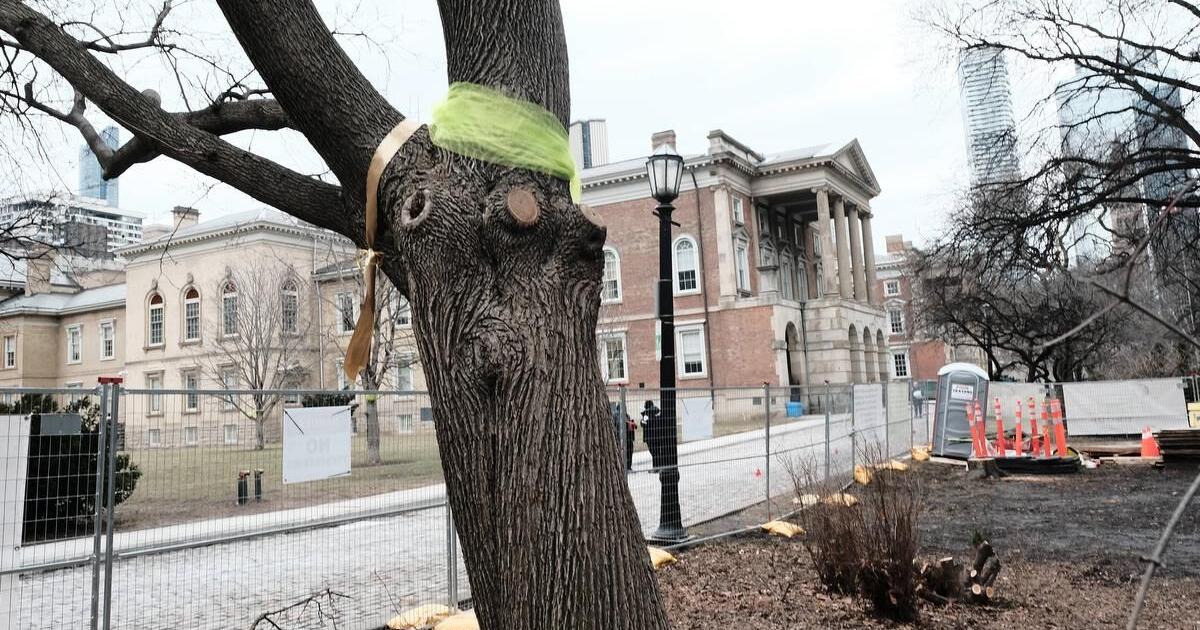You are jaded; but rightly so.
However, this particular issue and the manner of its litigation isn't particularly typical in North America, nor will it end up representing a material cost on the project, there's a long list of other reasons for iordinate costs here (though note, we're nowhere near as bad as NYC, amongst other places); that have been addressed in detail elsewhere.
Try this for a start:
https://transitcosts.com/transit-costs-study-final-report/#in_1_4
Too many; but in fairness, that's mostly on Mx for being secretive, opaque, dishonest, in general, in no way limited to this project. The trade-offs for this station and others were never publicly disclosed, people never got a chance to weigh in, and then this design was dropped in at the last moment as ' a fait compli'.
A nasty reaction was to be expected from such behavior. Had the merits/challenges at any given site been discussed in the open, this likely never unfolds as it has.
I'm one of those pragmatic enough to discuss removing the trees, I'm less enthused about ripping out heritage fencing and placing a non-complimentary structure on the grounds; but that too could be fairly discussed. However, I can't agree that breaking eggs is just fine.
This city has lost far too much heritage and far too many trees on just that premise.........what's one more?
You are.
Its not, its trees, its heritage, its public realm and its a well designed for riders transit station (which this is not)
Read the link I posted up top and we'll discuss more!
:format(webp)/https://www.thestar.com/content/dam/thestar/news/gta/2023/02/17/judge-extends-injunction-on-tree-removal-at-osgoode-hall-until-tuesday/osgoode.jpg)

